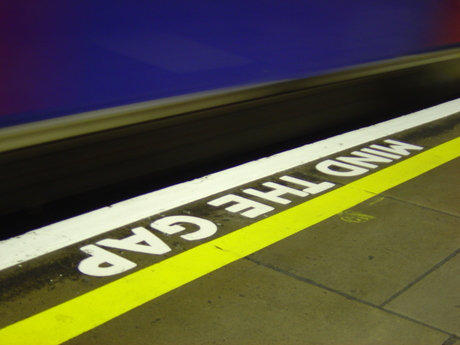The great divide — Uber shows up generation gap

Uber’s popularity is being driven by tech-savvy younger Australians, with older and less digitally inclined Aussies not so keen to view the service as a viable alternative to traditional taxis.
According to new findings from Roy Moran Research, between July and December 2015, 5.1% of Australians over the age of 14 (around 989,000 people) reported travelling via Uber at least once in any three-month period. Almost three-quarters of them were aged between 18 and 34, while less than 10% were aged 50 years or above.
Over one million Australians (5.3%) have downloaded the Uber app and, unsurprisingly, it’s the younger age brackets that comprise the lion’s share of downloaders. More than six in every 10 of them, in fact. Of the 2.8% of Australians who use the app on a mobile phone in an average four weeks, more than two-thirds are from the 18- to 24-year-old and 25- to 34-year-old age groups.
Uber’s adoption rates vary between the states, with Western Australians embracing the app/service with particular enthusiasm. Not only do 10.5% of them travel by Uber in any given three months (more than double the national average), 7.6% have downloaded the Uber app and 4.3% use the app on their mobile phone in an average four weeks. The fact that a higher proportion are travelling by Uber than have downloaded the app indicates that many of WA’s Uber passengers travel with others who have not yet downloaded the app themselves.
Despite remaining illegal in Victoria, the state’s residents are the second most likely to travel by Uber in an average three-month period (5.3%). When it comes to downloading the app, Queenslanders follow WA residents — although, like Victoria, the company is also illegal in the Sunshine State.
Tasmania and South Australia remain relatively oblivious to the Uber phenomenon.
It’s not all bad news for cabs, however. According to Michele Levine, CEO at Roy Morgan, “Just like the equally groundbreaking start-up Airbnb, Uber was founded in San Francisco and has since spread like wildfire around the globe, often causing consternation among established taxi companies and governments wrestling with its legal implications.
“While NSW and ACT have legalised and regulated Uber, and WA is on the way to doing the same, other states have not yet welcomed it (which hasn’t prevented it from operating in those states).
“Since its late-2012 launch in Sydney, Uber has gone nationwide, with WA leading the country in Uber uptake. As we have shown above, younger Aussies (aged under 35) are far more likely than their older counterparts to travel by Uber and download the app — hardly surprising, given that most of them have grown up with digital technology,” said Levine.
“Despite the concerns of traditional taxi drivers, Uber does not yet pose a threat to their market dominance — around a quarter of the population still travel by taxi in an average three months. However, we will be monitoring closely how/if this changes in the coming year. In the meantime, taxi companies wishing to compete in this dramatically shifting scene would do well to identify those individuals who are least likely to switch to Uber and focus some concerted attention on ensuring their continued custom,” she said.
All-electric haulage fleet under mining alliance
A strategic alliance between Newmont and Caterpillar will see the rapid deployment of an...
How to measure ROI of field service management software
Some ROIs are easier to calculate than others. It's important to consider both tangible and...
Preparing the grid for electric vehicles
A new $3.4 million trial will help support growing adoption of electric vehicles across Australia...




